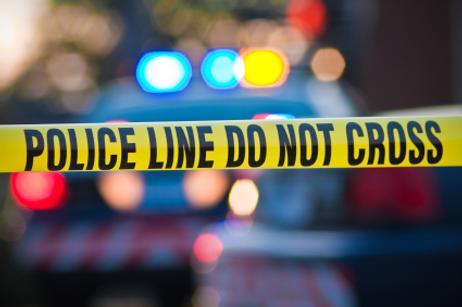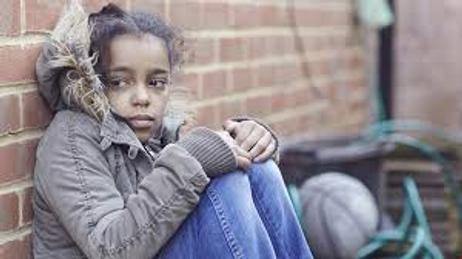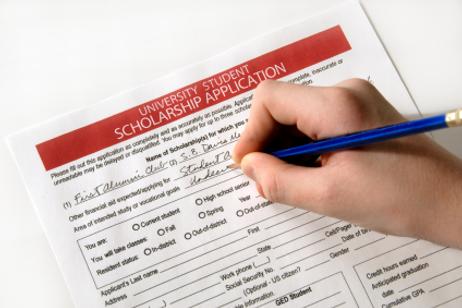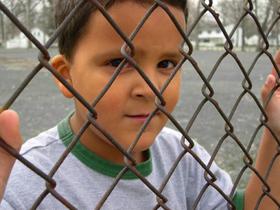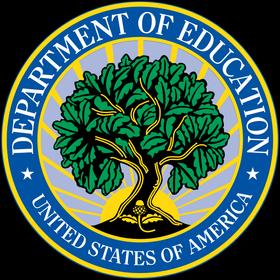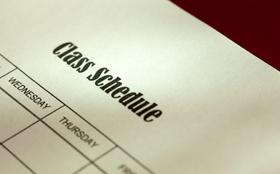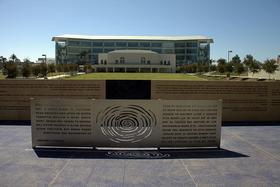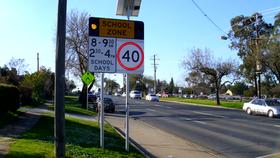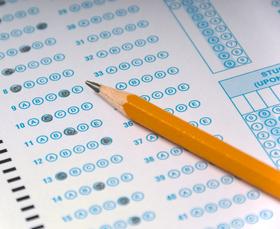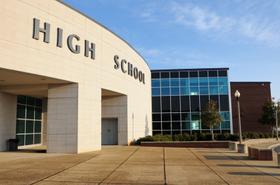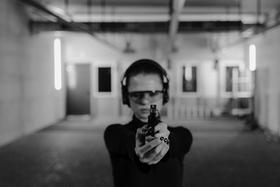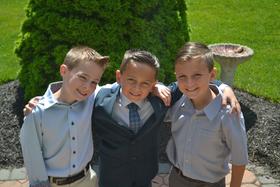Field trips are an excellent way to enhance the learning experience for students, whether taking a trek through a museum or a hike on a nature trail. Most students occasionally relish the change of venue, and they benefit from hands-on training that makes many school subjects come to life.
Parents are usually happy to send kids along, assuming that adequate supervision will be provided to keep kids safe throughout the trip. However, several recent tragic events have forced some school districts to take a second look at the safety of taking students on the road.
Long Beach Nightmare
A seemingly innocent trip to Long Beach for a middle school class at Columbia Secondary School for Math, Science, and Engineering turned tragic when one student drowned in rough waters just off the coastline, according to a report in the New York Times.
Erin Bailey, a first-year English teacher and former lifeguard, and her boyfriend Joseph Garnevicus chaperoned the trip, along with Victoria Wong, a 19-year-old college intern who worked there. Assistant Principal Andrew Stillman helped organize the trip and notified parents by email the day before. No permission slips were distributed.
Students reported that no lifeguards were on duty, and signs were posted indicating that swimming was prohibited. Bailey allegedly warned students not to go too far out in the water. Student Nicole Suriel was standing with others in water that reached between her knees and waists when rough waters suddenly carried them out.

